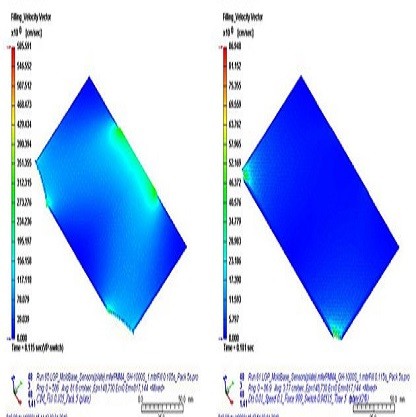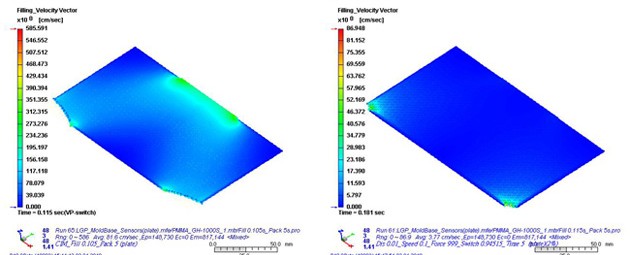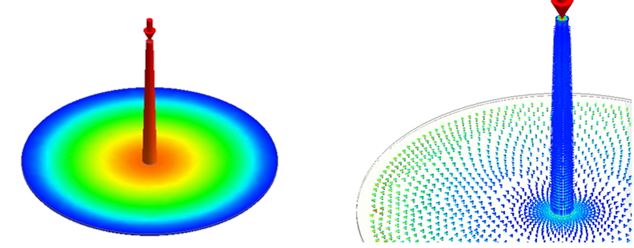
Injection Compression molding (ICM) is a manufacturing process combining the techniques of both injection molding and compression molding. The mold is not closed completely at the filling stage. After melt is partially filled into the cavity, the clamping mechanism starts operating to fully close the mold. As a result, the filling process is completed by the compression of cavity surface unto melt in cavity.

Injection Compressing Molding (position compression mode)
Injection-Compression molding (ICM) not only keeps the advantages of conventional injection molding but also yields additional molding advantages, such as increasing the reproduction of micro-surface feature and reducing flow distance/wall thickness ratio, etc. However, there are also more processing parameters needed to be carefully adjusted in order to get a well-molded part. For example, late compression sometimes causes the melt penetrating to parting line, while early compression sometimes causes incomplete filling (short shot). Having a powerful simulation tool is therefore crucial for users to successfully implement ICM process.

(a) Conventional injection molding (b) Injection compression molding

Velocity distribution and vector